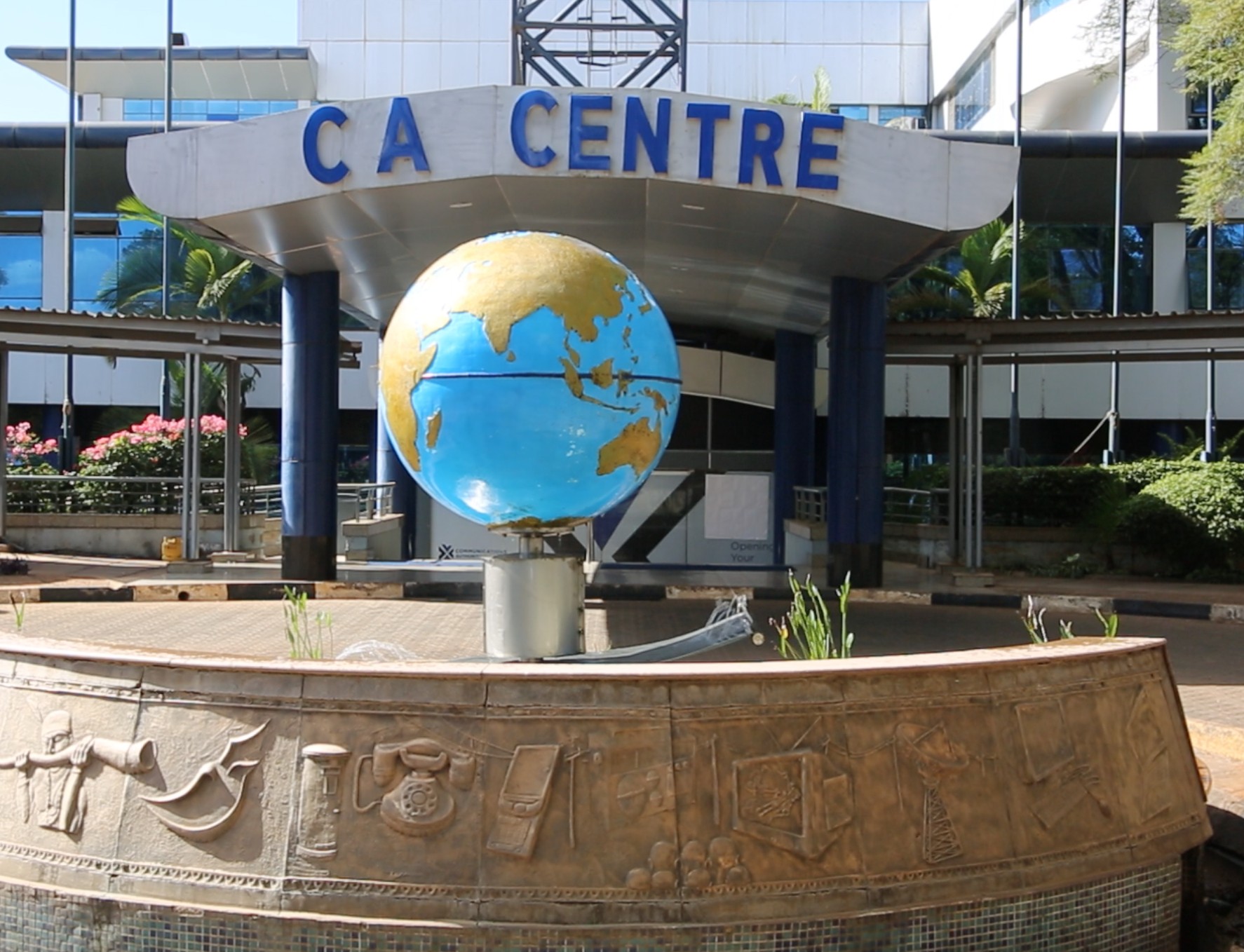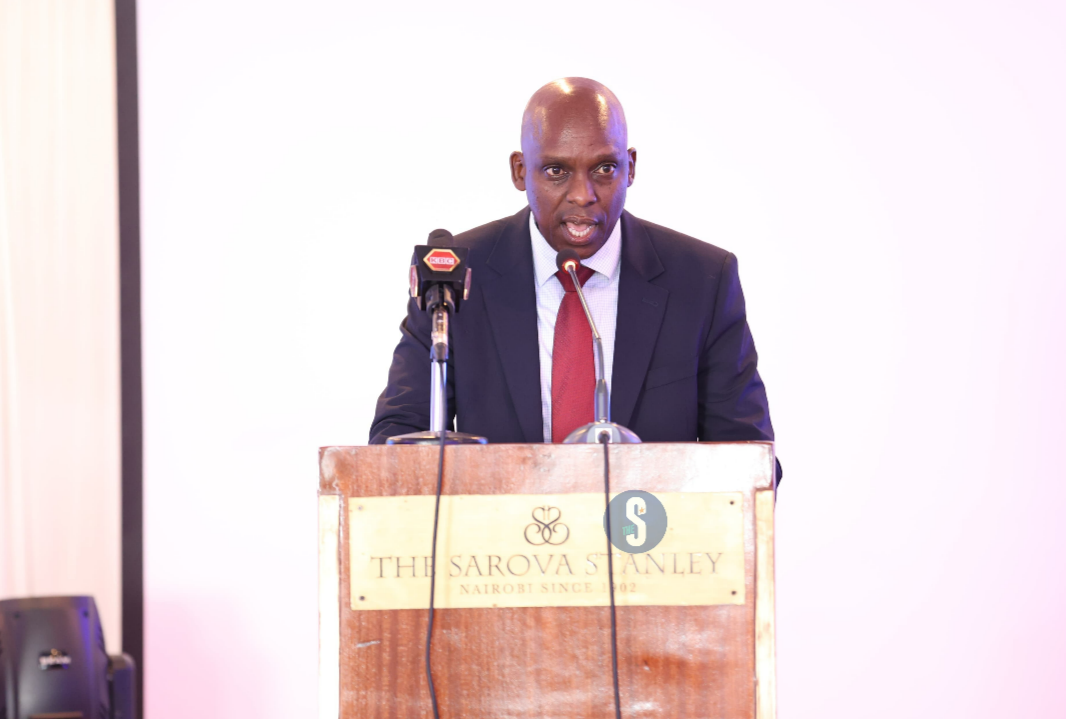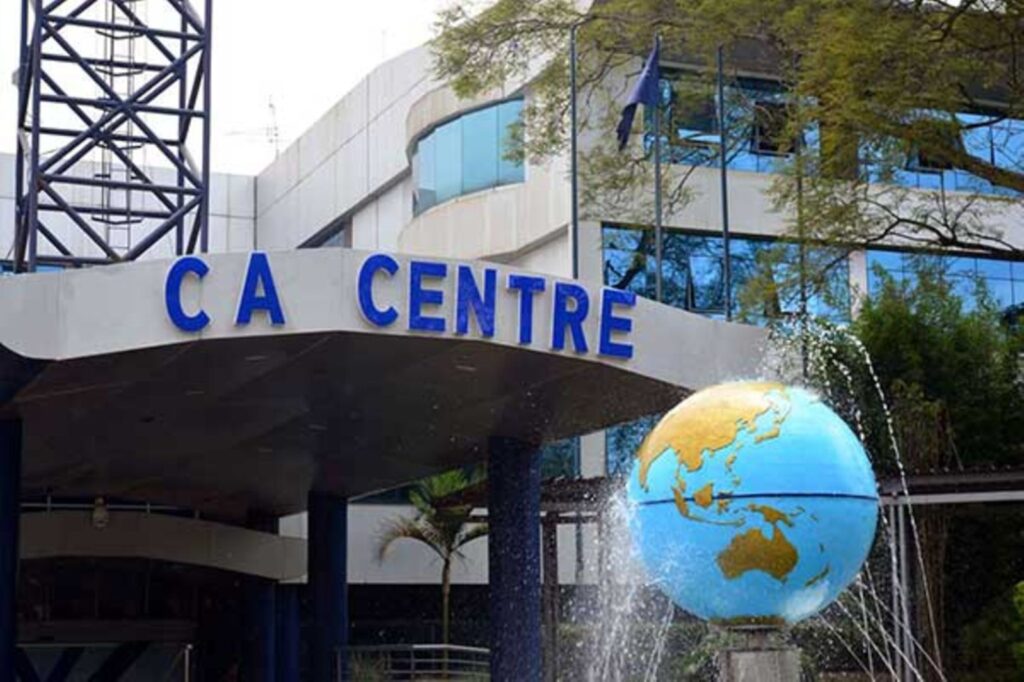- The Communications Authority of Kenya has finalised Phase I of the cellular mobile infrastructure project which connected 76 sub-locations.
- The authority also targets the expansion of the postal services and digitally empowering the youth.
- The Authority finalised the rollout of Internet connectivity in 886 public secondary schools spread across 47 counties.
The Communications Authority of Kenya will need at least Sh107 billion ($819.9 million) to protect consumers and foster competitive ICT markets in a bid to establish Kenya as a digital superhighway. While unveiling its five-year strategic for 2023-27, CA Director-General David Mugonyi said the authority would prioritise increased broadband penetration, adoption of emerging technologies and improvement of cyber security as a way of powering the government’s Bottom-Up Economic policies.
The authority also targets the expansion of the postal services and digitally empowering the youth, women and people living with disabilities. “The goals are backed by a robust implementation plan and regulated by stringent monitoring and evaluation programme,” the Authority’s director general David Mugonyi said “To successfully implement this Strategic Plan, a total budget of Sh106.98 billion is required over the five years.”
During the period, the authority intends to increase mobile broadband penetration to 99 per cent from the current 97 per cent, and increase the number of public postal offices supported from 50 to 100 among others.
He outlined major goals achieved in the Authority’s 4th Strategic Plan which was anchored on three key result areas: access and market development, enabling environment and capacity development.
“The average level of implementation of the Strategic Plan was recorded at 72.6 per cent,” Mugonyi said.
For instance, in a bid to close the digital access gap, the Authority finalised the rollout of Internet connectivity in 886 public secondary schools spread across 47 counties.
It also finalised Phase I of the cellular mobile infrastructure project which connected 76 sub-locations in unserved and underserved parts of the country with mobile connectivity.
The authority further commenced the implementation of Phase II of the project which aims to roll out mobile network infrastructure and services in 101 sub-locations where a total of 51 sub-locations have been covered.
In the broadcasting services sector, digital television subscriptions experienced a 25.4 per cent increase, rising from 4.96 million in June 2018 to 6.22 million by June 2023.

Additionally, the number of licensed FM radio stations increased from 169 to 275 (201 Commercial and 74 Community FM radio stations), indicating a growth rate of 62.72 per cent.
“These developments signify expanded access to information and increased opportunities for local content development in Kenya,” Mugonyi said.
Read Also: Kenya’s John Omo re-elected SG of the African Telecommunications Union
Communications Authority of Kenya Milestones
In the electronic transactions sector, there was an increase in dot.ke domain users, rising from 75,096 to 103,298 users by June 2023, indicating a growth rate of 37.6 per cent. The mobile money subscriptions sub-sector also exhibited steady growth, with a 28 per cent increase from 29.68 million to 37.99 million by June 2023.
Furthermore, the number of registered mobile money agents increased by 61.3 per cent, reaching 333,753 in June 2023 from 206,940 in June 2018. “These trends highlight improved access to mobile money transactions and increased opportunities for users.”
The available international bandwidth experienced a significant growth of 404.11 per cent, rising from 3,277.72Gbps in June 2018 to 16,523.30Gbps by June 2023. The country’s utilisation of this bandwidth also increased to 6,722.21Gbps by June 2023, compared to 931.37Gbps in June 2018.

The Fifth Generation (5G) broadband cellular network technology was rolled out and registered 449,794 subscribers as of June 2023. Furthermore, mobile phone subscriptions increased from 45.5 million (97.8 per cent penetration) in June 2018 to 66.4 million (131.3 per cent penetration) in June 2023. Internet subscriptions on the other hand grew from 41.1 million to 49.36 million in the five years.
Read Also: Kenya targets foreigners in the gambling industry











